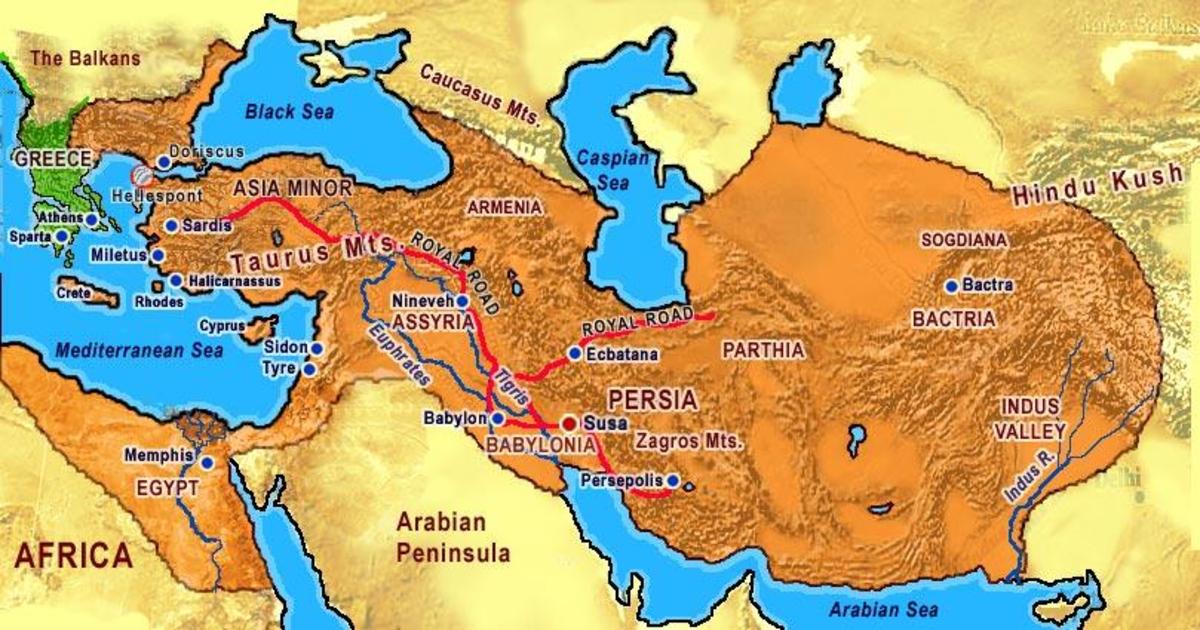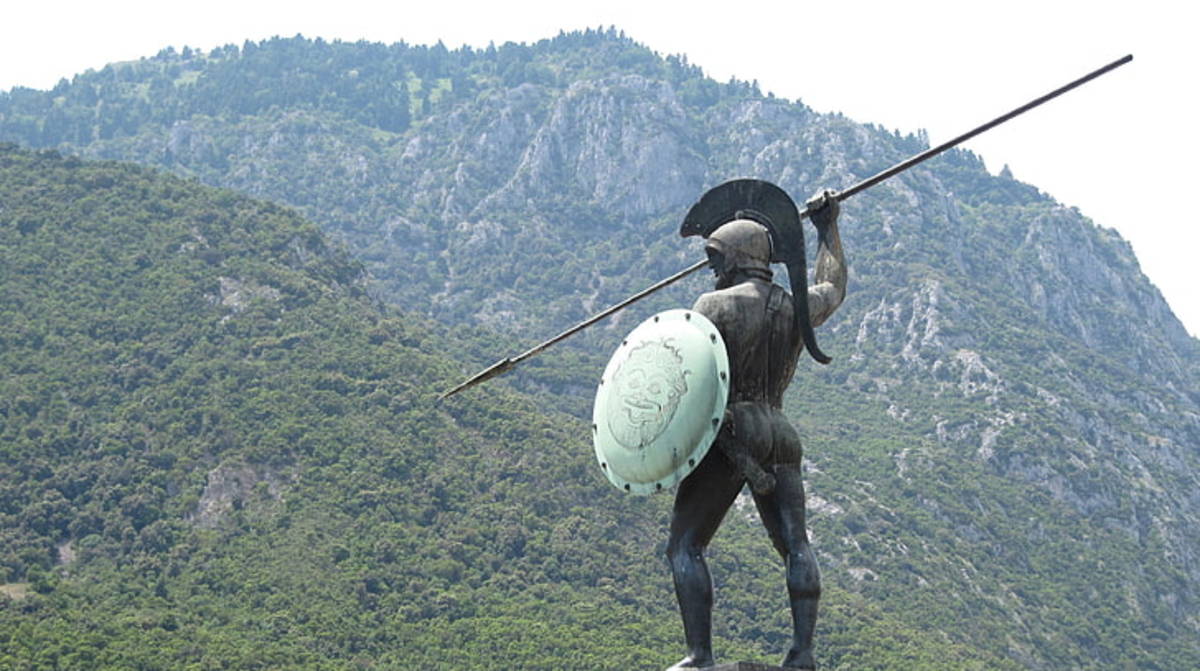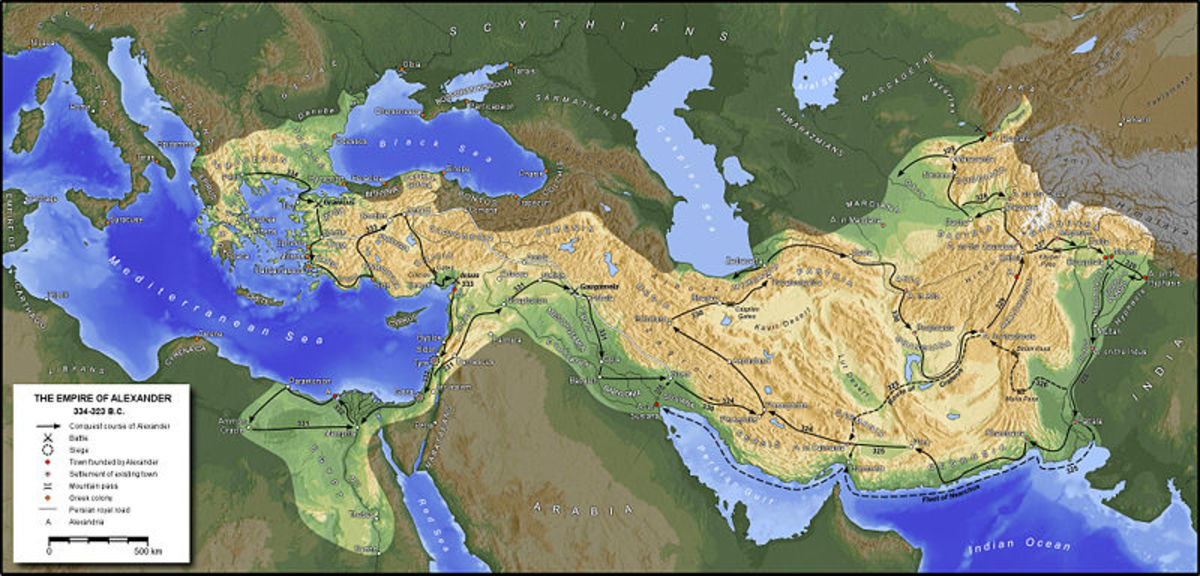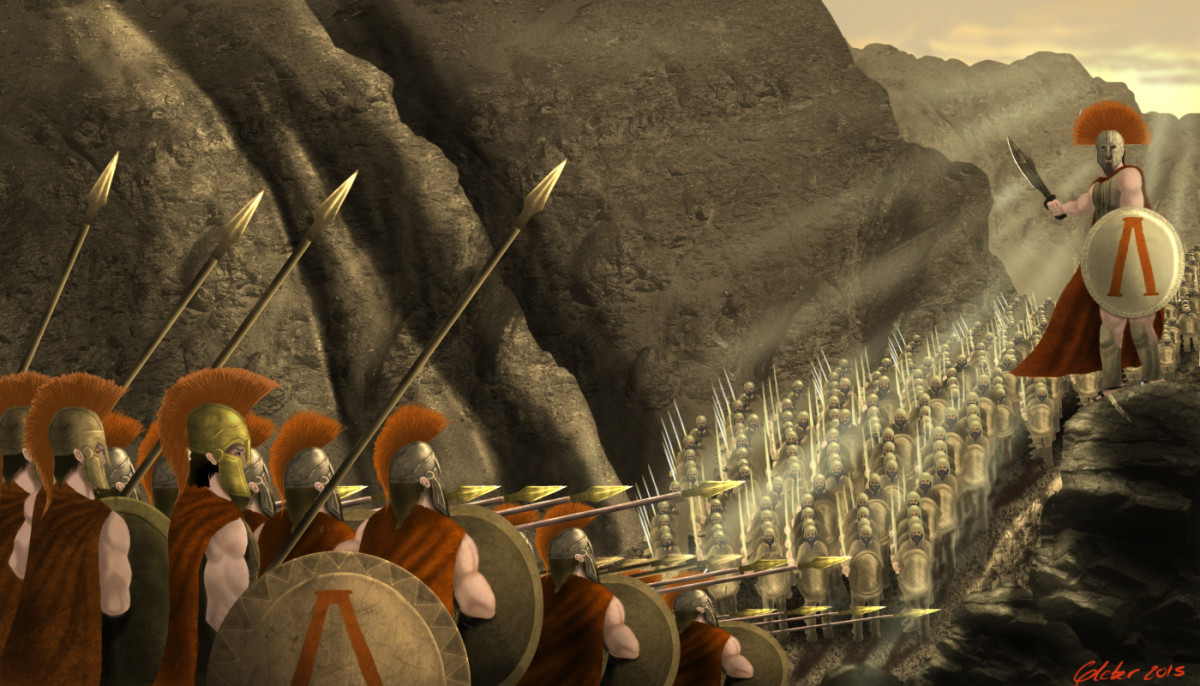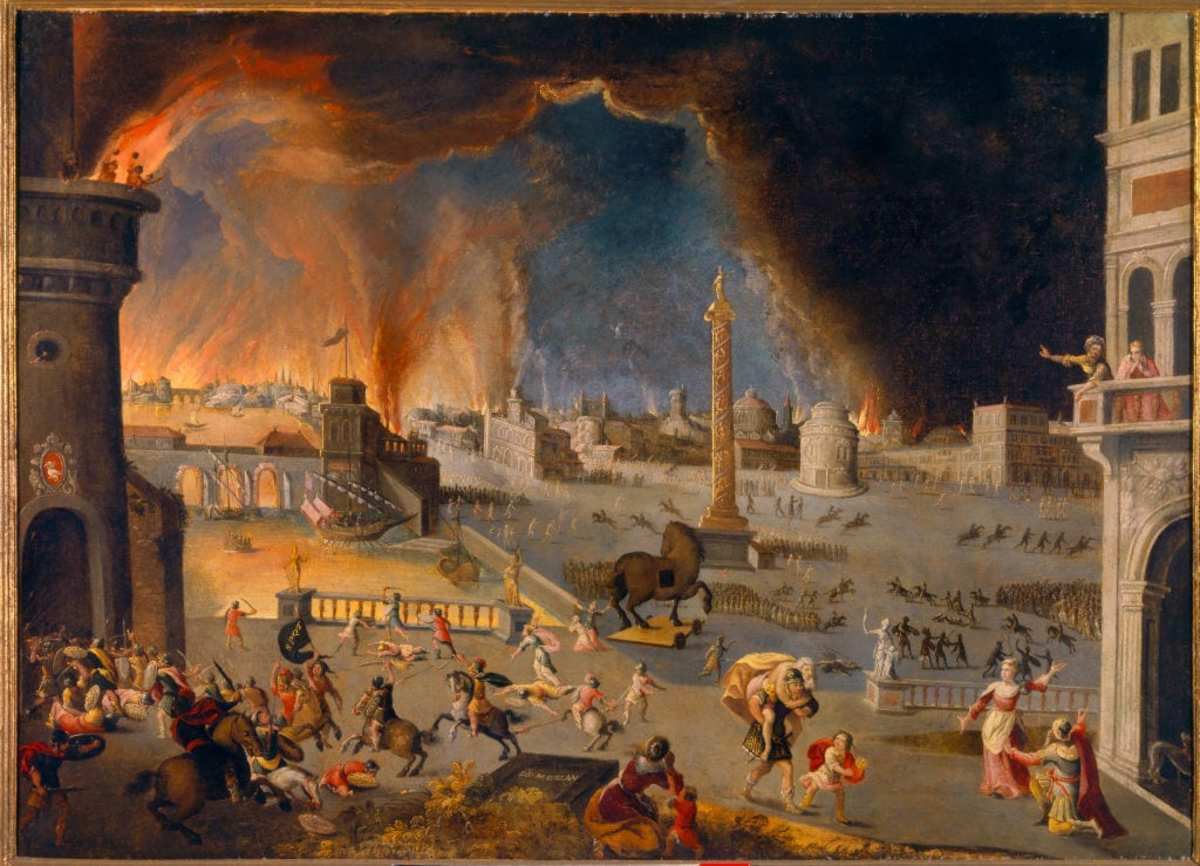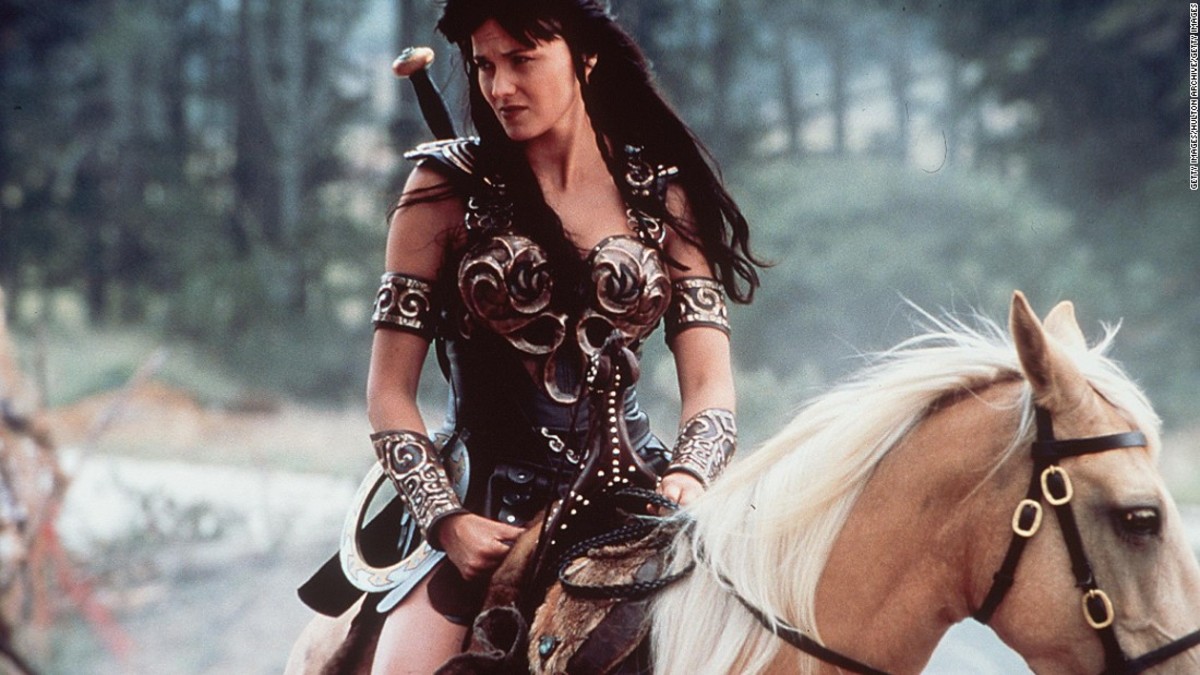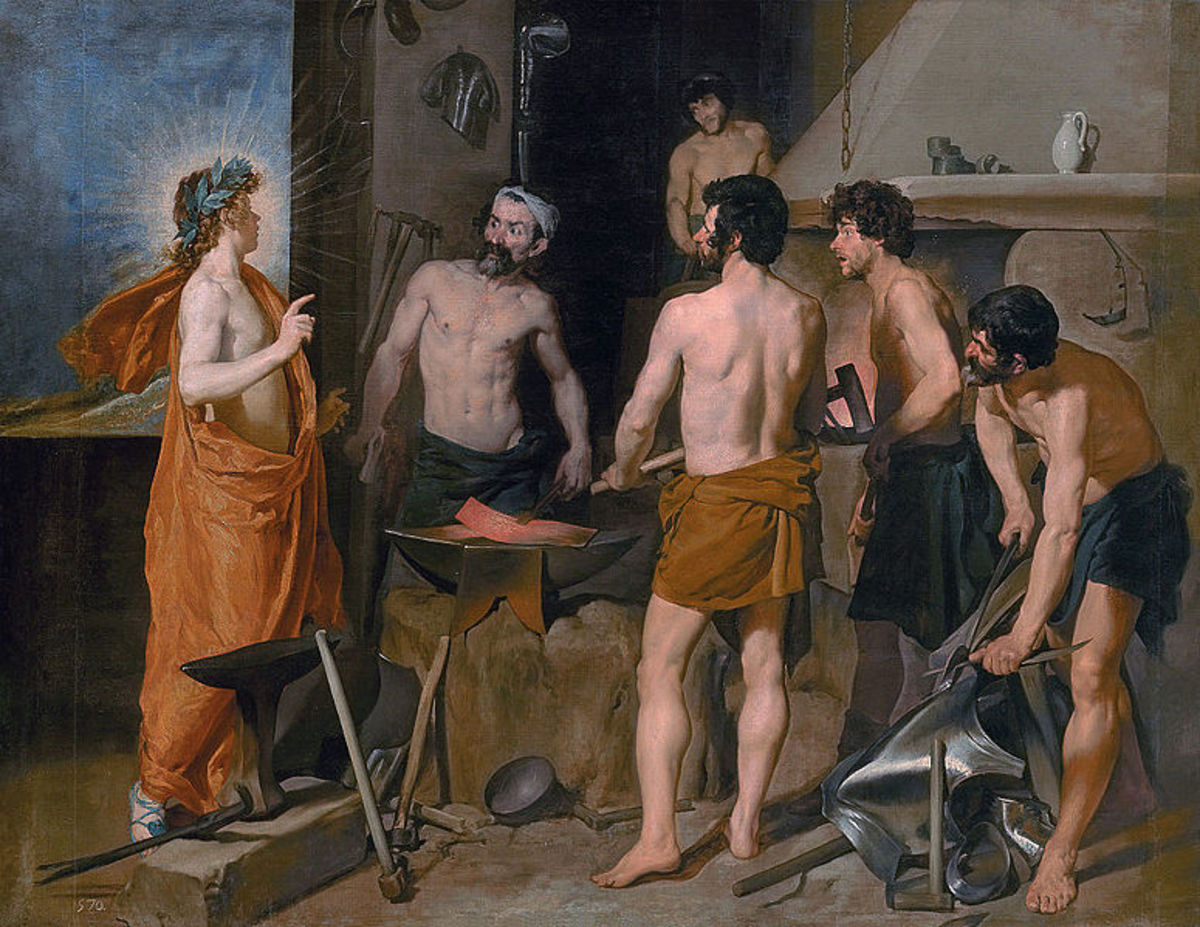- HubPages»
- Education and Science»
- History & Archaeology»
- Ancient History»
- Greek & Roman History
The Persian Wars
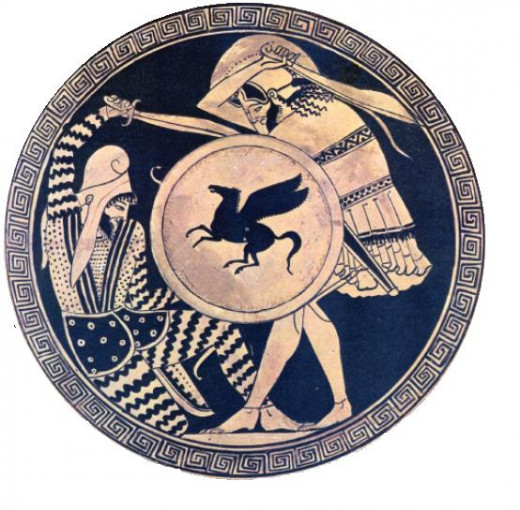
It should be noted that the only source of history available on the Persian Wars is from Herodotus, a Greek historian considered the father of history. Without any Persian accounts to contradict Herodotus, we must remember that the winner always exaggerates their victory.
To learn more about the Athenians and the Spartans, see my blog post on Athens and Sparta. http://anitajsmith.hubpages.com/hub/Athens-and-Sparta-Close-but-Far-Apart The Persians started as a small tribe in what today is the country of Iran. They expanded through the conquest of the surrounding tribes eventually reaching into modern day Egypt and Pakistan. By the time Darius came to rule in 522 BCE, the Persians were the largest empire in the world. They had established a well run organization of taxation placing their own officials in command of conquered lands. They allowed their subjects to maintain their own customs, however, to maintain a sense of order and prevent rebellion over such a large area.
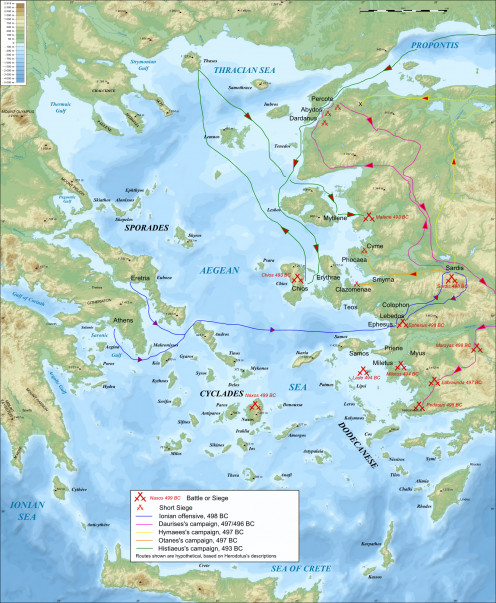
Ionian Revolt 499-493 BCE
Some Greek city-states had developed colonies outside of Greece in order to provide the resources, such as food, that could not be produced in the Greek homeland. One group of these Greek colonies was called Ionia. The Persians conquered Ionia along with the other Greek colonies in Asia Minor, the area surrounded by the Black Sea to the north, the Aegean Sea to the west and the Mediterranean Sea to the south, most of which is Turkey today.
When the local Persian tyrant, Aristagoras, lead an unsuccessful tempt to gain control of the Greek island of Naxos, it went terribly wrong. Aristagoras was sure the failure would result in his removal from power by the Persians. In an attempt to preempt this removal, he led all of the Greek colonists from Ionia in a rebellion against King Darius. Ionia obtained the support of Athens and Eretria in an attack of Sardis, the capital of the closest Persian province. They successfully destroyed the city, but a larger Persian army, hearing of the destruction, tracked down the joint Ionian/Athenian troops. Tired and outnumbered, the Greek forces were defeated by the Persians.
The Athenians, not wanting any further entanglements with the Persians, returned to the Greek mainland, but the Ionians continued to revolt. They successfully spread the revolt across the region to include the territories of Carians and Cyprus. Over a period of several years, the Persians eventually retook control of the entire territory.
Persia punished the rebels but believed further harm of the cities and their peoples was not in the economical best interest of Persia. He pushed for the Greeks and Persians in the territory to unite, even encouraging the Persians to warship the Greek gods. In the end, both sides believed the settlement to be fair. King Darius, however, remained determined to get retaliation against the Athenians for the original support in the start of the revolt. He was so determined, in fact, that from the time of the original attack on Sardis, he had a servant whisper "Remember the Athenians" in his ear three times a day.
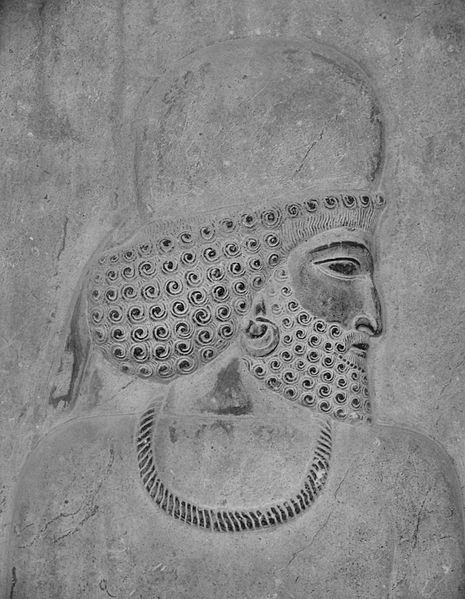
The First Persian Invasion 492-490 BCE
Darius started, in 492 BCE, by sending troops into Thrace then "convincing" Macedon to submit to them. Although the campaign was halted by a storm, when Darius sent word the following year that he intended to take over Greece, all but the city-states of Athens and Sparta surrendered without a fight.
In 490 BCE, Darius set out to make the rest of Greece his. He started with an attack on Naxos, the Greek island that was initially the target of Aristagoras. Next, he headed to Eretria, the city that accompanied Athens in support of Ionia. The survivors of both cities were forced into slavery.
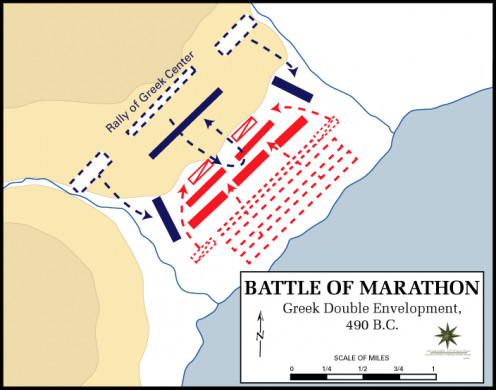
The Battle of Marathon 490 BCE
After Eretria, the Persians sailed to Marathon, a city about 25 miles from Athens. Miltiades, an Athenian general who had fought the Persian before, knew the Athenians were outnumbered, some ancient historians say 200,000 to 10,000, but he was determined to prevent them from marching on Athens. He devised a brilliant strategy. The plan started with Miltiades cutting off the only two passes leading out of Marathon. A weeklong standoff occurred resulting in the Persians giving up and returning to their ships, starting with their cavalry. When Miltiades learned that the cavalry was gone, he ordered an attack. He beefed up the centerline and drew in the best Persian fighters sending his remaining troops outwards around the remaining Persian troops. With the Persians now surrounded on three sides, they panicked fleeing in the only open direction, back toward their ships.
The battle is perhaps better known for an event that took place after the victory. A runner, Pheidippides, was sent to Athens to inform the citizens of the victory. He ran, non-stop, for 26.2 miles from Marathon to Athens. Upon his arrival, he reported "We have won" then he dropped dead. In the 1896 Olympics in Athens, to commemorate the classic victory, the first marathon was run.
Darius intended to return to Greece quickly after his troops returned in defeat, but a revolt in Persian territories in Egypt delayed his return. In 486 BCE, Darius died before his troops could leave for Egypt.
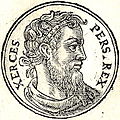
The Second Persian Invasion 480-479 BCE
Ten years after his father's defeat at Marathon, the son of King Darius, Xerxes was determined to continue his father's fight. He was so determined, in fact, that he sent men ahead to build bridges across the Hellespont, a narrow strip of water between the Aegean and Marmara Seas, but storms destroyed them both before the remaining Persians could arrive. Xerxes was so enraged, he had the men tie hundreds of ships side-by-side across the waters and anchor them in place so the men could cross over them.
Once Xerxes's troops had crossed the Hellespont, Themistocles, an Athenian politician and general who fought at the Battle of Marathon, suggested that the Persians would have to pass through the narrow pass of Thermopylae or sail through the Straits of Artemisium, a narrow strip of water between Boetia and Euboea. Themistocles devised a strategy of defending Thermopylae while sending the Athenian fleet to block the Persian ships.
With Athens already an enemy of Persia, Sparta did their part to join that list when Xerxes sent ambassadors to each city-state and requested "earth and water" as a symbol of their submission to Persian rule. Legend says that when the ambassadors arrived in Sparta with the request, they were promptly thrown down a deep well and told to get it themselves, thereby killing the ambassadors. Most city-states, out of fear, submitted to the request. Those who did not submit went to Athens and Sparta to plan for retaliation. With Persia threatening to take over all of Greece, Athens and Sparta, the two most powerful city-states in Greece who had previously been enemies of each other, joined together to fight the Persians by forming an alliance.
When the Greek alliance agreed with Themistocles plan to stop the Persians in Thermopylae and Artemisium, the alliance called on Leonidas, King of Sparta. The Spartans agreed to send their king and 300 of their best fighters.
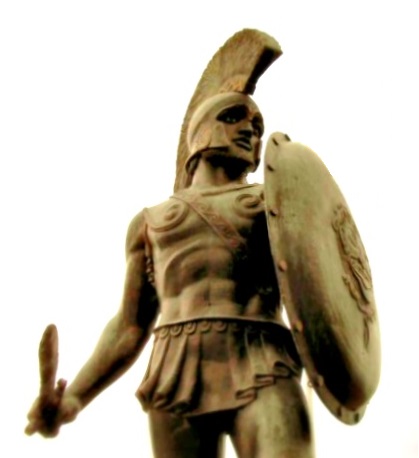
The Battle of Thermopylae 480 BCE
As Leonidas and his men made their way to Thermopylae, allies from other Peloponnesian city-states sent their own fighters to join him. Once the Persians arrived at the pass, Leonidas and his combined troops were waiting. The Greek plan was brilliant in that the pass was so narrow, with steep mountain cliffs on one side and the sea on the other, only so many men could fight in hand-to-hand combat at any one time. Once again, the Greek (hoplite) weapons and armor were superior to that of the Persians.
For two days, Leonidas's men held off the Persians including their best fighting force known as the Immortals. Late in the second day, however, a local man named Ephialtes, in hopes of receiving an reward from the Persians, revealed a secret path that led the Persians around the pass. When Leonidas learned that the Persians were now attacking on both ends of the pass, he sent most of the Greek forces away to fight another day. The exact number of men that remained to defend the pass and buy time for the mainland is not precisely known but is believed to be around 2000. They were eventually all killed, including King Leonidas.
The allied fleet in the Straits of Artemisium held against the Persain ships for three days, but they had suffered a lot of damage to their ships. When word came that Leonidas had fallen and Thermopylae was now undefended, they retreated to protect the harbor at Salamis.
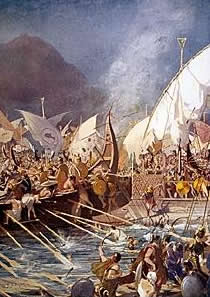
The Battle of Salamis 480 BCE
Once the Persians had taken Thermopylae, there was little to stop them from marching on Athens. Fearing the worst, the people of Athens fled their city leaving behind only a small number of guards. When the Persians arrived, Athens was burned to the ground.
Themistocles, a leader of the Athenian navy, now devised a planto drive the Persians from Greece. Fighting the Persian navy was inevitable, but Themistocles wanted to control where that battle would happen. The plan was to fight them in a narrow area where the larger Persian ships would have difficulty maneuvering. He needed to draw the Persians to Salamis to fight in the channels between the Greek mainland and nearby islands. To do this, he devised a trick worthy of Athena, the goddess of wisdom and warfare herself.
Themistocles sent word by a messenger that he wanted to defect, switch to the Persian side of the battle. According to Themistocles, if the Persians attacked the Greeks immediately, half of the ships would join him in the battle. Xerxes, anxious for another victory, fell for it and attacked. As hoped, the Persian ships could not move around because of their size and number. The entire allied fleet attacked and the Persians could neither fight nor retreat. The Greek ships, triremes, were very effective against the Persian's as they were known to have large rams used to smash holes in enemy vessels. The allies managed to capture or destroy somewhere between 200 and 300 Persian ships while losing only 40 of their own claiming a decisive victory.
After his defeat, Xerxes was afraid that the Greeks, with their superior ships, would beat his ships to the Hellespont and destroy his makeshift bridges. Xerxes, knowing Athens was destroyed, left a few of his best men in Greece to continue the fighting while he returned with the remaining fleet to Persia, though when he returned to the Hellespont, he found that a storm had already destroyed the bridges.
Battle of Plataea 479 BCE
The Athenians wintered in their burned out city leading to hard feelings over the loss they suffered despite knowing that their soldiers and fleet of ships were vital to saving the Peloponnesian peninsula, and Sparta, from the Persians. This led them to threaten pulling out of the alliance when the spring arrived. Mardonius, the Persian general in charge of the remaining men, remained held up in Thessaly, in northern Greece, while the allies remained on the Peloponnesus. When the Persians offered the Athenians a peace offering, however, the Athenians refused. Athens again evacuated its citizen, and the Persians again marched on it. When the Persians moved on from Athens, a contingent of allies from the central plain in Greece, including Athens, demanded Sparta step up and fight or they would accept the Persian terms. Sparta responded in force.
The allied forces met up with the Persians near the city of Plataea. This time the Greek forces had not only better weapons but greater numbers. When the Spartans killed Mardonius, the reaming Persians ran. This final defeat of the Persians, effectively ended the Persian Wars.








